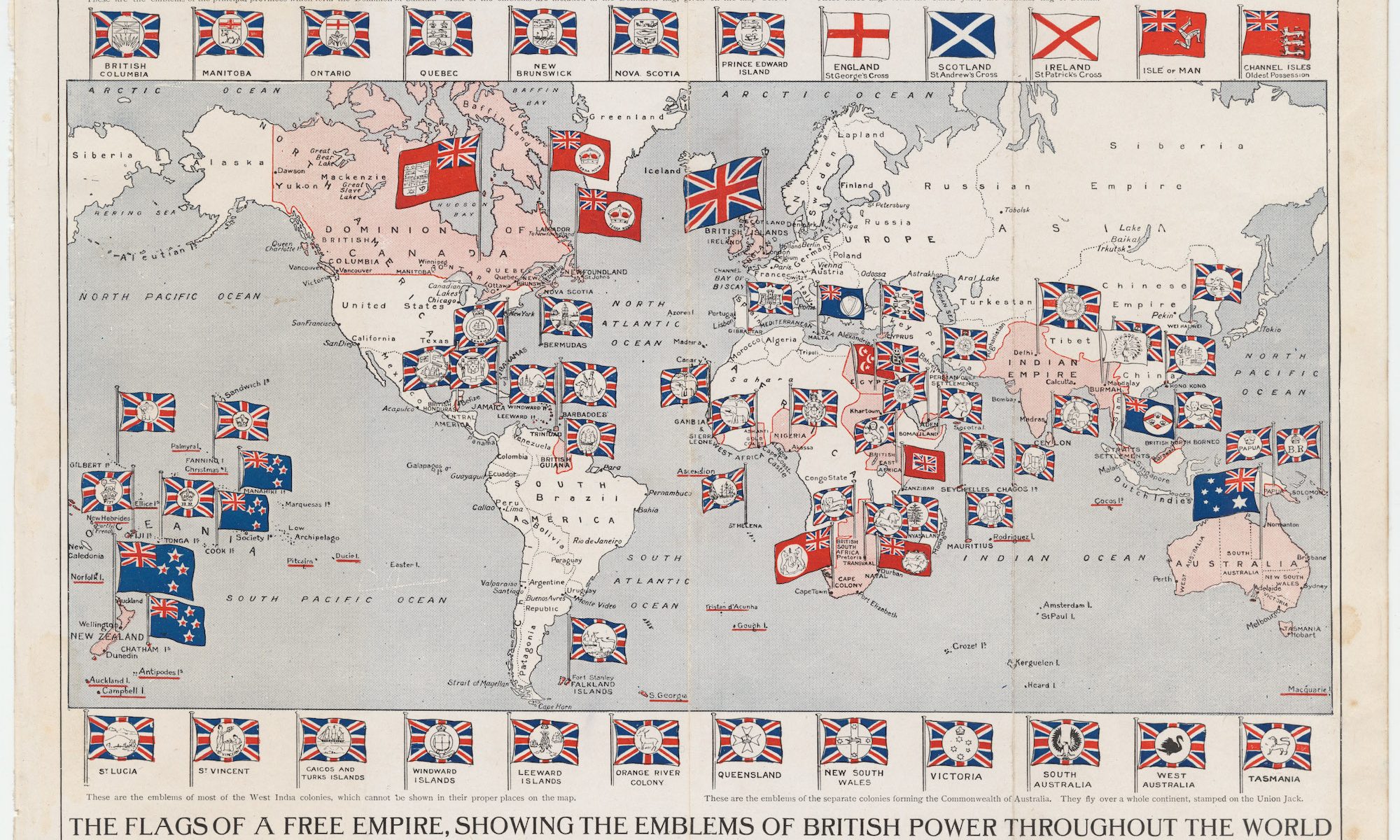Attention Conservation Notice: An ambitious but sprawling book that, amazingly, silences the people it claims to describe while also doing good work in de-mystifying colonial-era myths. (Originally published 15 December 2016 but lost in the Great Server Error of 2017.)
Class and race intersect in many ways. Until November 8, the most common contemporary invocations of such intersectionality came from the Left to justify and explain the grievances of members of their coalition. Sometime around 8:30 p.m. Eastern time on Election Day’s night, though, the discourse changed radically, and it was suddenly the intersection of Whiteness and Working-Classness that obsessed observers–including myself.
Like many people, I turned to three books implicitly or explicitly on this subject: Kathy Cramer’s The Politics of Resentment, Arlie Hochschild’s Strangers in Their Own Land, and Nancy Isenberg’s White Trash.
Of the three, Hochschild’s is probably the most readable, Cramer’s the most perceptive and theoretical, and Isenberg’s the least useful. Hochschild and Cramer focus their attention on the contemporary intersection of identities and relate it directly to political action (or inaction). Isenberg’s book, however, is vastly more ambitious. It attempts to deliver a 400-year history of its subject, and, to give it credit, the first 250 years of that history are genuinely revelatory. (One can never again really give credence to Louis Hartz’s liberalism thesis after reading how the English upper classes viewed the New World as a cesspool in which to deposit their refuse classes.) In that sense, however, it is indeed an “untold” story (or at least a story not told often enough).
Yet the book suffers from too many flaws, many of which are structural. Its ambition is fatally undermined by the fact that it must rely on the testimony largely of people outside the class of “white trash”; we rarely hear people in that category speaking for themselves even though they do. (In fact, there is an entire genre of music that mourns, celebrates, documents, and valorizes precisely this group.) The contrast with J.D. Vance’s Hillbilly Elegy is stark: we are presented with enormous quantities of travelers’ reflections on encountering people who seem not quite human, reams of testimony about official actions that punished (or sometimes rewarded) members of the class, and, finally, a conclusion that literally quotes Mario Cuomo as often as it does a member of the group.
There is an untold story here, but it is untold by those who lived it.[FN 1]
You may have noticed by now that I was profoundly annoyed by the book. In fact, by about page 200, I was already beginning to regret that the first 150 pages or so had been so good, because I felt guilty about how I was enjoying every chapter after Reconstruction less and less. (Indeed, after feeling guilty about not reading the last couple of chapters, I decided that I simply wasn’t going to finish the book; skimming the conclusion, which is an inchoate screed, largely confirmed my view that this was the right call.)
I’m not entirely sure I even blame Isenberg for this: the ultimate cause of this book’s failure is that the subject is too diffuse to be examined. The underlying premise is that the existence of a White lower class somehow undermines every promise of American idealism. Well, maybe so, although among more serious rejoinders Isenberg has a real puzzle on her hands to explain why Toby Keith has such a large and enthusiastically patriotic audience. But America is far from alone in having a class hierarchy–and the recent divergence in postwar inequality (with the USA becoming much more unequal than, say, Germany or Denmark) is one that requires comparative, theoretical analysis, not the implicit argument that John Calhoun’s hatred of lesser Whites somehow explains congressional Republicans’ hostility to redistribution.
Thinking about the subject matter in comparative perspective, even for an instant, suggests that we cannot imagine that the same factors that produced white trashiness in the 17th century are still operating in the same forces today. This is the sort of analytic error or blindness that I would call the Historian’s Fallacy if I weren’t guilty of it myself, along with many other members of my tribe: just because some phenomenon looks the same as the another with the same name, we can’t assume that they are identical or even related. In this case, Isenberg’s acceptance of the naturalness of terms like “white” and her distorted perspective on economic history (“the past saw as much downward as upward mobility” is the sheerest nonsense; p. 319) speaks to a broader refusal to engage in any sort of explicit theorizing about the production and reproduction of the very categories she seeks to explain.
[FN 1] Chapter Eight, on eugenics and race pollution, is among the most focused on group members as people; it lets them speak for themselves to a greater degree and is therefore among the very best reasons to read the book.
